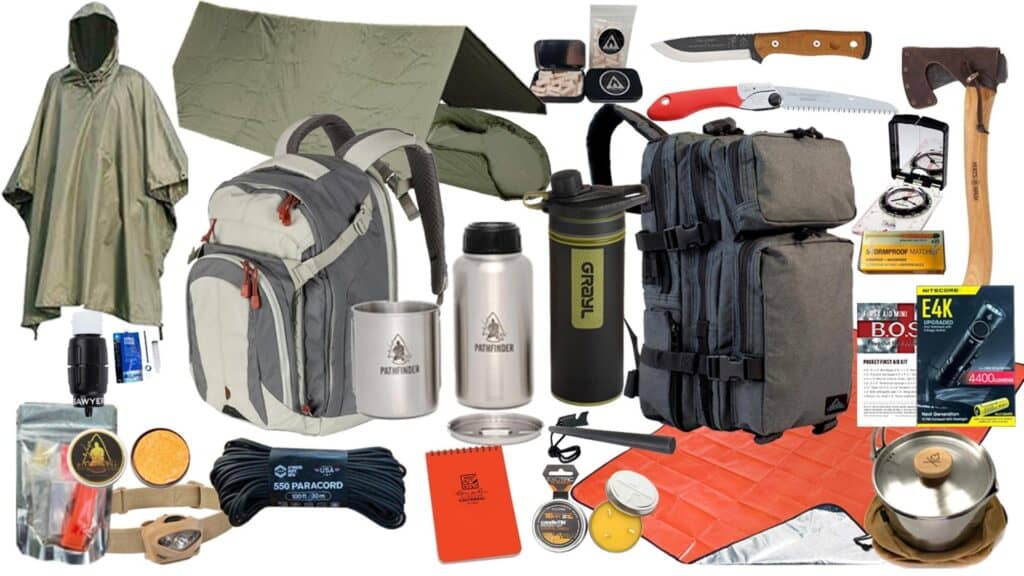Power and Heating P.A.C.E. Planning

Power and Heating P.A.C.E. Planning
Winter is coming, and if you are in certain parts of the country, you may run into power and heating issues this Winter. For example, the Wall Street Journal reported that winter blackouts in the Northeast of the United States are possible this year based on tightening gas supplies.
N.E.R.C. (North American Electric Reliability Corp) has also stated “that a large portion of the North American bulk power system is at risk of having insufficient energy supplies during severe winter weather” – Reuters.
Home heating bills are also expected to surge quite a bit this year, upwards of 25+% more than usual, coupled with high inflation, which could spell disaster for many people struggling to get by.
Taking everything into consideration, we must all be sure we have proper plans in place for the Winter and review our P.A.C.E. planning for power and heating.
Power P.A.C.E. Plan
Primary: The main power grid
Alternate: Backup Generator
Contingency: Portable Generator
Emergency: Batteries and Solar Power
If you need to rely on a generator during peak times this year, you should consider having an electrician hard-wire a backup generator into your electrical panel. A backup generator is typically a generator in a fixed location outside your home, with a large fuel tank.
Suppose you’re not able to do so. In that case, you will have to use a portable generator, run various extension cords from your generator into your home, and only be able to power certain things, such as your refrigerator and other essential devices.
Solar Generators are a great option if you can afford a good setup. They do not burn any fuel, so you can store the generator inside your home instead of a gas or propane generator that must be kept outside.
As an emergency option, you should buy some small solar rechargeable 20,000 mah chargers for your smaller electronic devices, such as a phone, laptop, tablet, flashlights, etc. You can find these relatively cheap on Amazon.
We recommend keeping a good amount of firewood on your property, even if you don’t have a fireplace. You may need to get warm by a campfire or do some of your cooking outdoors by making a fire.
Heating P.A.C.E. Plan
Primary: Your home heating system, furnace, or boiler (oil, natural gas, propane, etc.)
Alternate: Wood stove, Coal Stove, Pellet Stove
Contingency: Space heaters run by a generator
Emergency: Extra layers of clothing, Wool blankets, Sleeping bags
If you cannot use your home’s primary heating system during peak cold periods or during a storm, having a backup heating system, such as a wood, coal, or pellet stove, can be a lifesaver.
If you cannot add an alternative heating system, such as a wood stove, you may have to rely on electric space heaters run by a generator, which will require a large amount of fuel if you’re not using a solar generator.
If all else fails, you should always have extra blankets, cold-weather sleeping bags, and extra layers of warm clothing.
- High-Quality Winter boots
- Wool Hat or balaclava
- Insulated gloves or mittens
- Polypropylene bottoms and top
- Quality Winter jacket and pants
Want to know what to keep in your vehicles during the Winter? Check out our Winter Preparedness Vehicle Kit Blog HERE.
Need Gear? Try our new “Build your own Bug Out Bag” product HERE.









